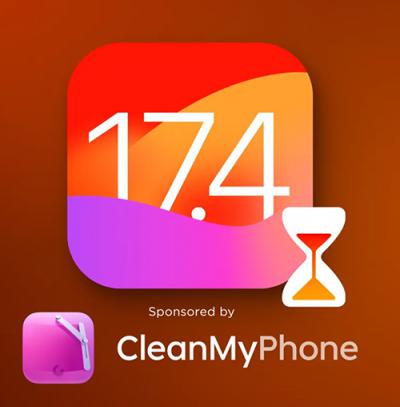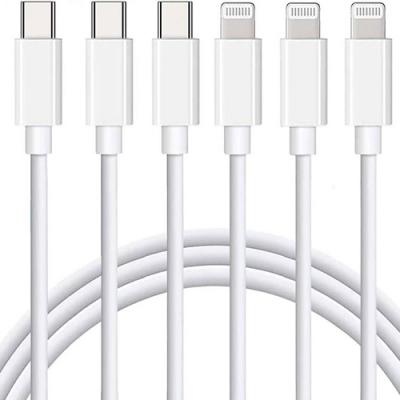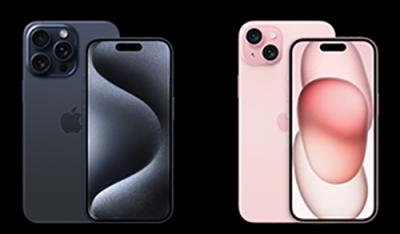Misconceptions about cell phone batteries
BY ETrade Supply | 二月 20th, 2023 | 0 | 0
You've probably all heard the adage that you shouldn't use your phone while it's charging. Is this harmful to the battery in my phone? In a strict sense, playing with the phone while it is charging has no negative effects on the battery. The high temperature of the phone caused by playing while charging is what weakens the battery. Although there is a significant likelihood that "playing while charging" and "high temperature" will coexist, if you can play while charging at low temperatures, obviously battery performance won't be lost.
Why then might use the phone while it is charging result in high temperatures? The phone's internal processor functions at a high frequency and produces a lot of heat when a large APP (professional software or major games) is running on the device.
Additionally, due to the conversion rate, not all of the current flowing via the data cable into the phone power is turned into power when the phone is charging. The phone will become warm when charging since some of the losses are converted to heat (of course, there may be a battery failure). Lithium batteries will permanently lose their charge due to the heat produced by the two factors combined and the ensuing high temperature.
Due to a misperception of the phone charging process and power consumption, "play while charging" on the phone battery is also risky. While the battery is being charged via a data cable and the phone is being used, many individuals might believe that the phone is still in the charging process. The truth is that your phone is using DC power to charge, and playing as it does so will only slow down the process. And currently, there are many solutions for this issue available from phone makers. There is currently no need to worry excessively about this issue because, for instance, when monitoring the phone temperature is too high, the charging temperature will automatically be limited, different charging programs will be performed, etc.

Use up all of the phone's battery power before charging Because cadmium-nickel batteries have a "memory effect," which causes the battery to remember repeated usage patterns, they must be completely discharged before charging. For instance, if you charge a cadmium-nickel battery at 20% for a prolonged period, the battery will be remembered because 20% was initially its lower limit. Therefore, even though a battery's display reads 100%, its actual power is only the first 80%. And the majority of them stem from the misconception that a phone must run out of battery before charging.
The "memory effect" does not exist with lithium batteries, which are used in today's cell phones, hence there is no issue with cadmium-nickel batteries. On the other hand, the "charge/discharge cycle" is what determines the lithium battery's test life. A complete "charge and discharge cycle" refers to the phone going from 100% power consumption to 0% power, then back to 100% power (in actual use, less than 5% of the power will be computed once the charge and discharge cycle is completed). In general, there will be a significant decrease in battery performance after 500 complete charge/discharge cycles of Li-ion batteries. Of course, this does not mean that the performance of lithium batteries will not degrade in the absence of a complete "charge and discharge cycle," but it will degrade more slowly in relative terms. As a result, today's lithium-ion cell phone can not only "use up and then charge," but it can also "consume the charge."
Finally, how do you care for the battery, it also has a life span. If your phone has the following conditions, it is time to change the battery.
1. If the phone is fully charged, it can only last two or three hours, which means that the phone battery is close to the end of the state.
2. The back of the phone has a bulging appearance, which is likely to be a battery bulge, which indicates that the battery is in particularly bad condition.
3. The phone battery cannot be charged correctly, or there is often inadequate contact, resulting in the phone shutting down. In this case, the replacement battery must also be replaced.
4. The phone overheats and has a hot touch; at this point, the phone battery must also be replaced; it is advised that it be tested by a professional institution; otherwise, there is a risk of leaking.
If we find ourselves in any of these situations, we must replace the phone battery. To replace the battery, you can go to the official after-sales or professional third-party organizations. However, it is not recommended that you change it yourself because replacing the battery is still risky and should not be attempted by non-professionals.












 IOS 17.4 official version pushed to block battery vulnerability
IOS 17.4 official version pushed to block battery vulnerability  Is the Chinese-made rear case for the iPhone 15 series going on the market?
Is the Chinese-made rear case for the iPhone 15 series going on the market?  New products coming:USB to MFI Lightning Cable
New products coming:USB to MFI Lightning Cable  Big BUG of iPhone 15
Big BUG of iPhone 15  Successfully submitted!
Successfully submitted!